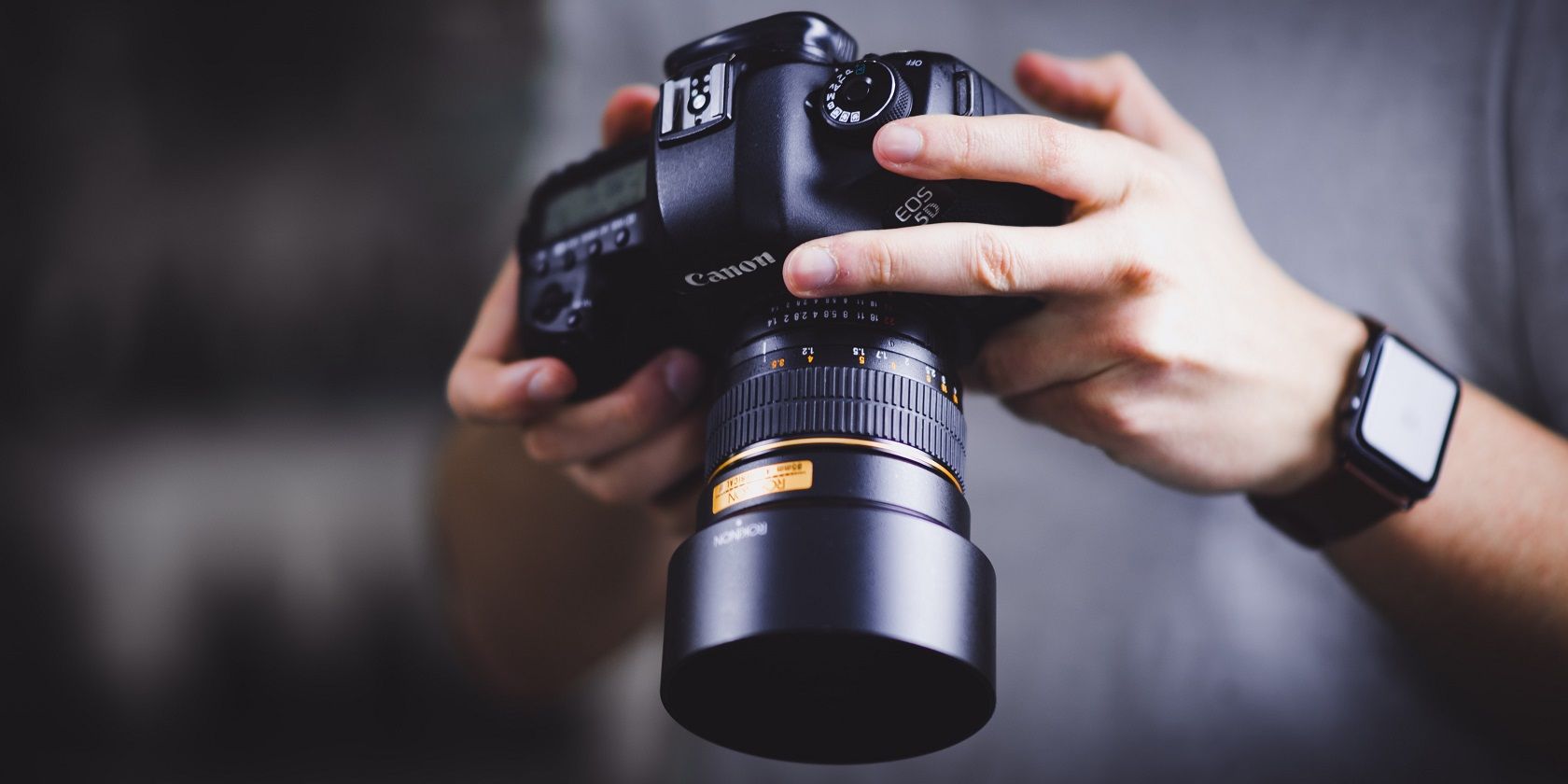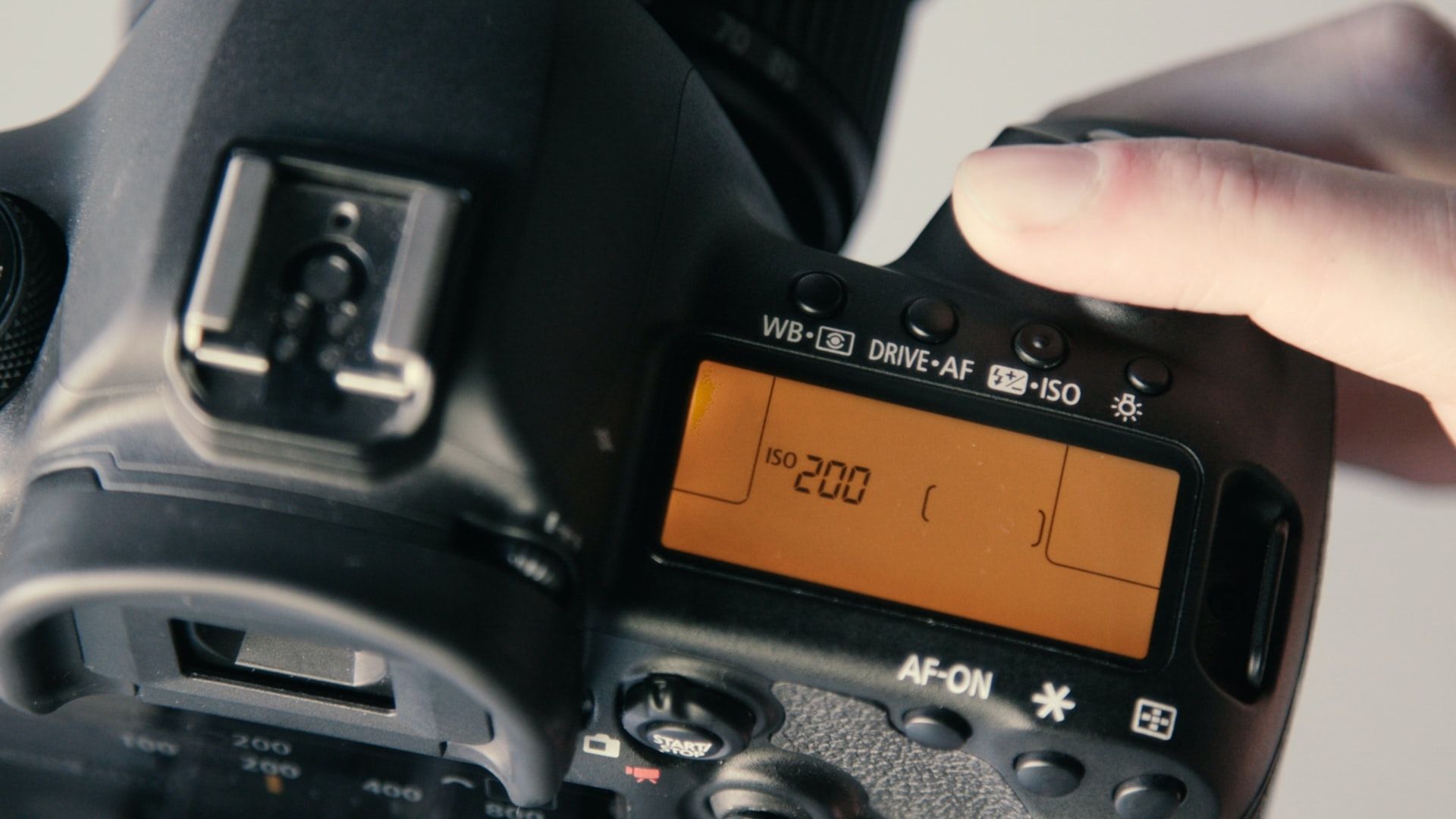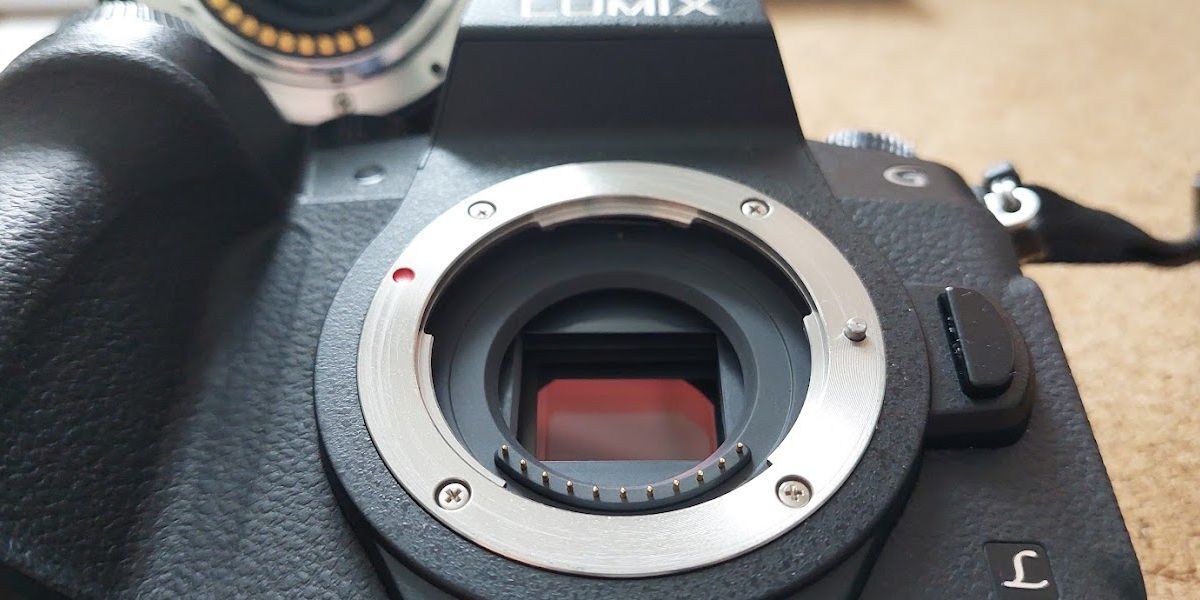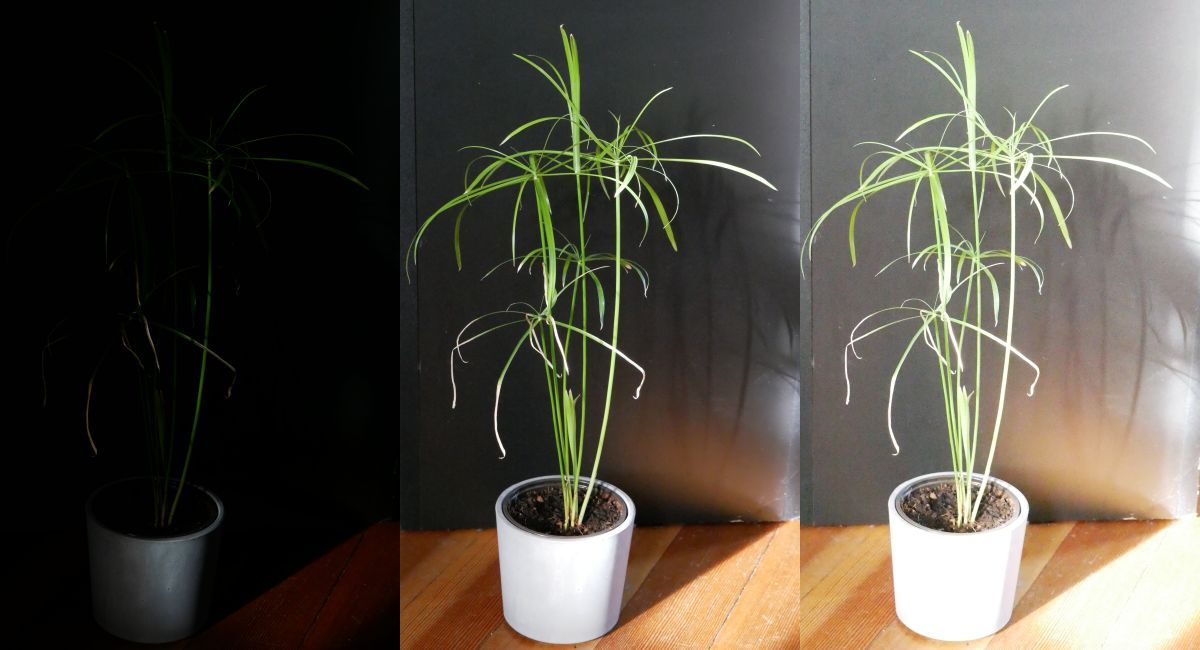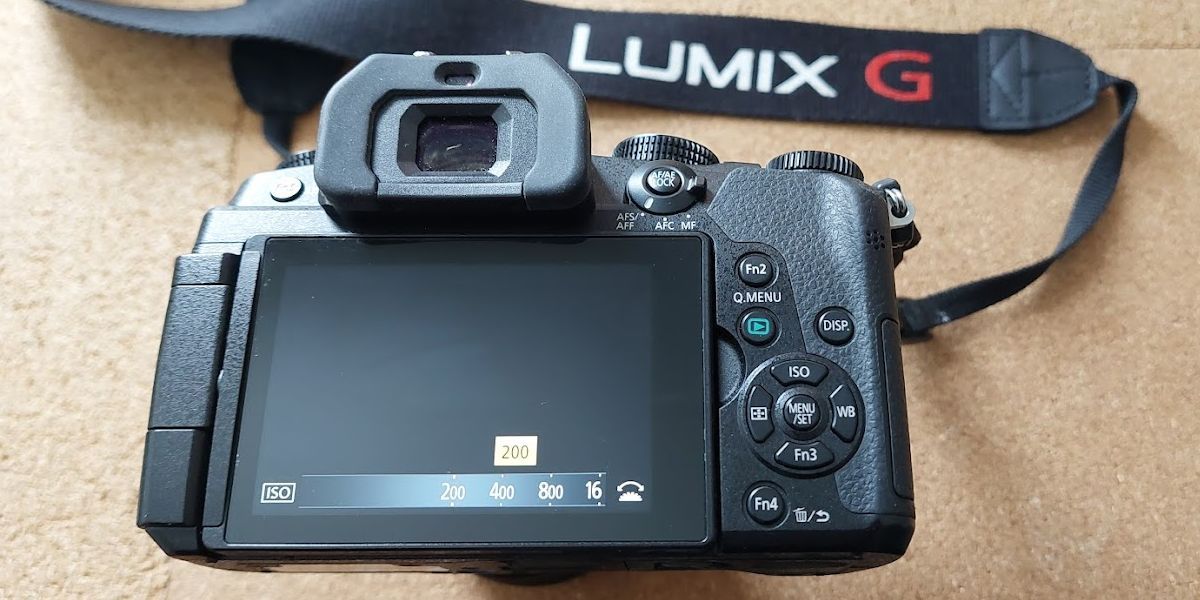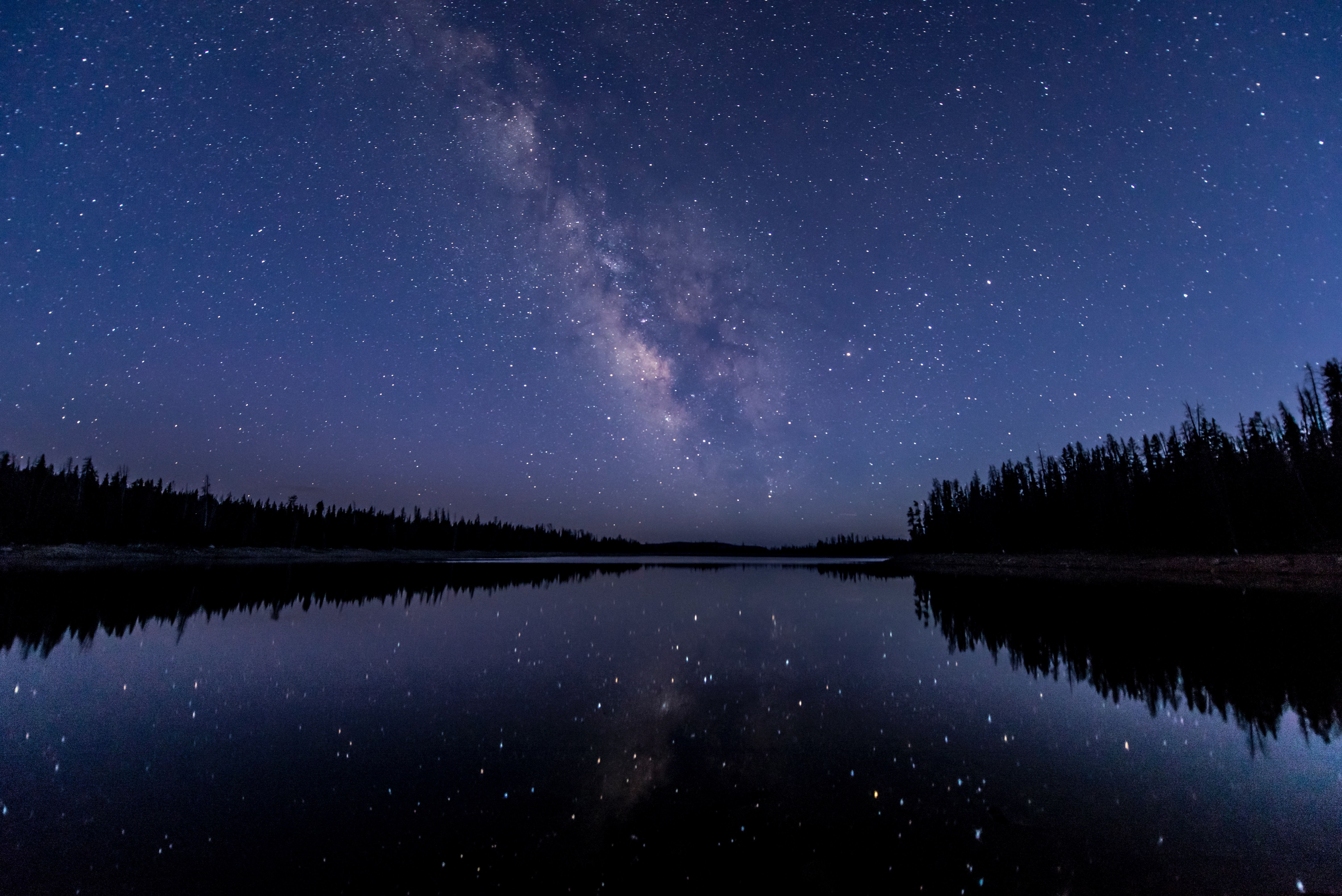Changing your camera's ISO settings affects the brightness of your photo. But how does this work, and how do you choose the right ISO setting? Read on to learn all about ISO and take better photos with this knowledge.
What Does ISO Mean? The Origin of the Term
ISO is short for International Standards Organization. ISO camera settings as we recognize them today are an approximation of two preceding systems: DIN and ASA.
The DIN system, short for Deutsches Institut für Normung, was institutionalized in 1934, where film speed was measured in "degrees" along a logarithmic scale. This can be compared to the way that decibels are measured currently.
The American Standards Association came out with its own system under the name ASA in 1943. This standard looks much more like the ISO that we know today. The scale was linear, which meant that film stock rated at 200 ASA would be twice as sensitive as 100 ASA film, as opposed to the hundred-fold difference that this would signify under the DIN standard.
In 1979, film speed was standardized under the ISO system.
What Is ISO? Analog vs. Digital Photography
ISO values describe a film's or image sensor's sensitivity to light. Typical settings in digital cameras range from ISO 100 to ISO 6400. Among professional cameras, however, you'll find values as small as ISO 3 or as large as ISO 819200. Higher ISO settings correspond to higher light sensitivity.
In analog photography, films are coated with light-sensitive suspensions containing crystals or dye particles. Depending on the size of the crystals or particles, the film is more or less light sensitive.
In digital photography, image sensors have replaced films. Technically, the image sensor has a fixed sensitivity to light. Yet, you can seemingly change its sensitivity by adjusting the ISO settings. What really changes, however, is the sensor's gain.
How Does an Image Sensor Work?
Image sensors capture incoming light as a sort of "rainfall" of photons. The image sensor, seated behind the aperture, consists of millions of discrete, light-sensitive units, also known as photosites.
Each photosite is composed of a photodiode and a charge amplifier that generates and amplifies an electrical charge when light strikes the diode. The electrical charge generated by each photosite represents the intensity of the light that hit the sensor at that location.
When you take a photo, each of these individual units is briefly exposed to the light from outside the camera's housing. In this fleeting moment, every photosite reads the incoming light from its unique position on the image sensor and converts it into an electrical charge.
The camera's image processor turns the sum of these electrical charges into what you will recognize as a photograph. The processor also performs various calculations such as adjusting the exposure, white balance, and image quality.
What Does Changing ISO Settings Do?
When you increase the image sensor's ISO setting, you increase its gain, i.e. its amplification of the incoming signal. This effectively increases the sensor's light sensitivity, but it can also increase the noise level or graininess of your image.
While you can change ISO settings to adjust the image sensor's light sensitivity, keep in mind that your camera also has a dynamic range of brightness levels that it can capture and reproduce in an image.
Changing your ISO settings affects the dynamic range, in that lower ISO settings can reduce noise and increase the dynamic range of the image (the level of detail in both bright and dark areas).
There are other essential tools you must know when learning about photography, such as why the f-stop is important and how to use aperture priority.
What Is Native ISO?
ISO is measured in blocks divisible by 100, doubling with each incremental step up or down. In other words, ISO 200 becomes ISO 400, as opposed to ISO 300. ISO 400 then becomes ISO 800, and so on.
A camera's native ISO, or base ISO, is the lowest possible ISO rating that the camera offers the user. Because physical film stock cannot be adjusted in this way, the term was not necessary before digital cameras became the norm. Now, we use it to refer to a camera's "ideal" ISO setting, although the best setting to use may differ depending on the light that you're shooting under.
Other sources will use this term to refer to not only the lowest possible ISO setting that a camera can muster, but rather all the ISO ratings that the camera is capable of. This is without expanding this range manually or through the use of third-party software.
For example, a Canon Rebel T2i can natively shoot anywhere from ISO 100 to ISO 6400 right out of the box. With Magic Lantern installed, however, this range is expanded to include ISO 12800 as well. Doing so may run the risk of damaging your sensor, however.
When to Use Low ISO Settings
Anything below ISO 100 will be considered a low ISO camera setting. What are the benefits of shooting at a lower ISO?
The higher your ISO is, the more likely your image will be plagued with unsightly artifacts and digital grain. This is because increasing your ISO setting does not increase the amount of light coming in through the lens. When you crank it up, you ask the photosites to pull "new" information from their environment when, in reality, there is no additional information to behold.
The "guesswork" that this results in leads to lots of teeny, tiny little mistakes that will mar the image under the right circumstances. If crystal-clear clarity is your goal, shooting with the lowest possible ISO will be the way to go.
If your given conditions are bright and forgiving, this will be easy. Those shooting in a studio setting or outside during broad daylight will have other means of compensating for exposure should the subject call for it. High-ISO photography will come with a few drawbacks in these cases.
When to Use High ISO Settings
If you're shooting at night or under dim light, increasing the camera's ISO sensitivity will help you gain some proverbial traction. The trade-off between perfect clarity and adequate exposure can sometimes be worth the digital noise that may result.
If you're up against the wall in terms of your shutter speed and aperture diameter, ISO may be your only option. Those who enjoy low-exposure photography should invest in a camera that specializes in low-light operation.
The Sony Alpha series was a famous game changer in this area at the time of its release; the Sony Alpha A7 boasts a maximum ISO rating of 25600. Talk about a little bit of wiggle room.
An ISO Rating for Every Occasion
Just like in every other area of photography, there are no right or wrong answers, only photos that turn out poorly. Make sure that you end up on the right side of the fence by riding your camera's native ISO sensitivity for all that it's worth.
And if all else fails? The low-fi look is very in. The grain-loving hipsters of the world are going to love your work just the same.

